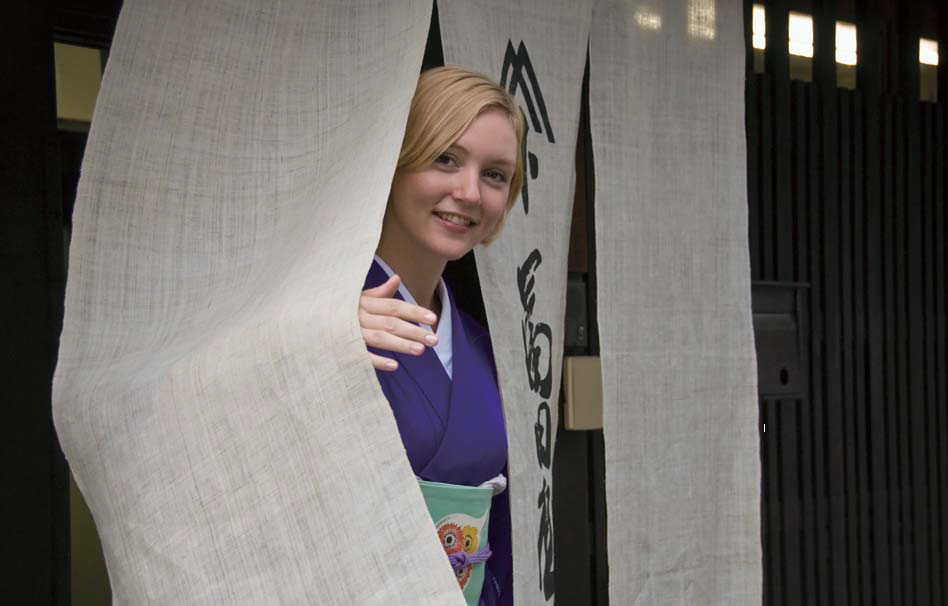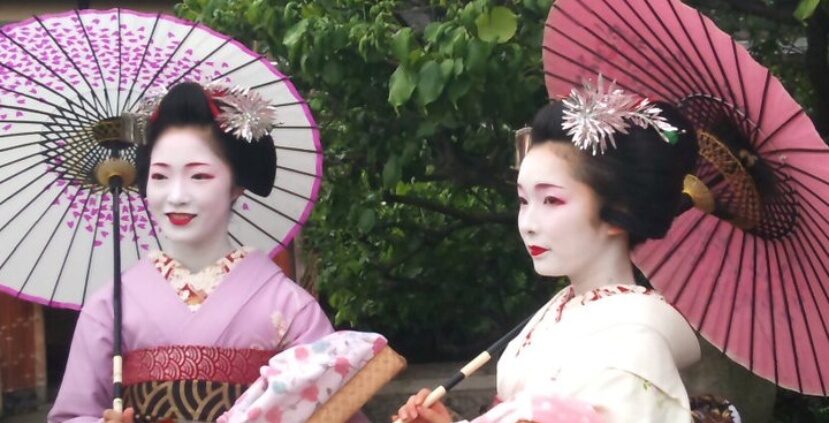
Japan’s ninth-largest city, Kyoto, became a popular destination because of its glamour, inherited from Japan’s medieval years where it served as its national capital. That rarified presence is everywhere, from the Golden Pavilion, the Kyoto Imperial Palace, maze-like Fushimi-Inari Shrine, and to the exotic Gion or Geisha Quarter.
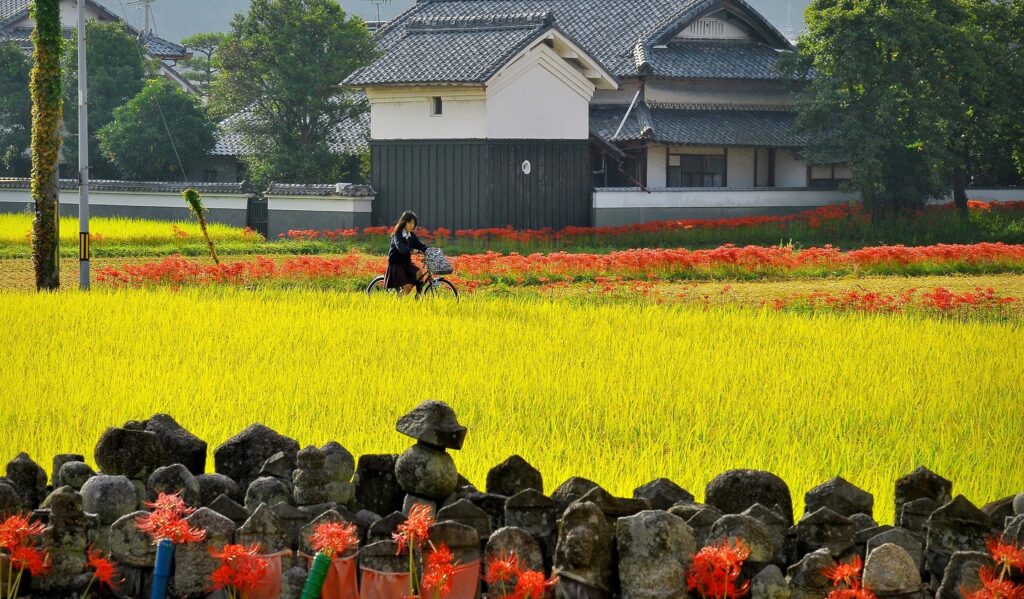
Travelers will be spoiled for choice, with endless options to explore from the bustling Nishiki Market and Shinkyogoku district, ideal for picking up fashion accessories, keepsakes and gourmet treats, to museums and parks of all descriptions. The Kyoto International Manga Museum, with its scholarly arrangement of graphic novels, comic books and cells which contrast with Tokyo’s flashier shrines to the art form.
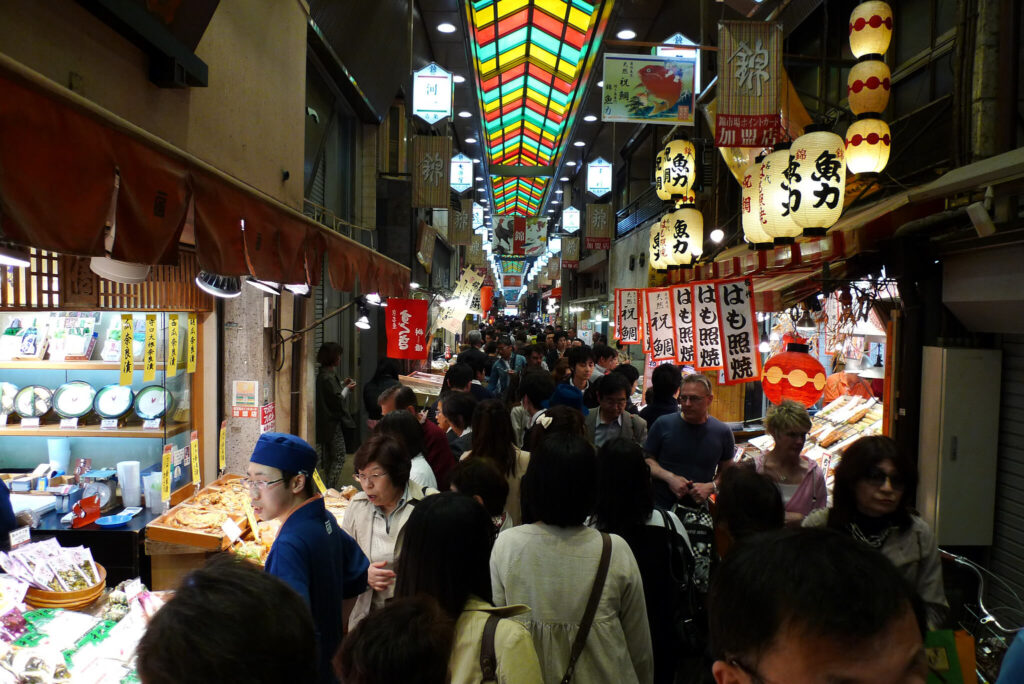
As good things come in small(er) packages, luxury travelers will want to select an ultra-high-end, self-contained lodging experience that captures Kyoto’s historic legacy—the historic ryokan. Some Japanese historians trace ryokans back to Buddhist free rest houses that proliferated during the Nara era, about 1,300 years ago. Others link them to roadside inns that were rest stops for merchants and growers traveling to central markets in major cities. During the Edo era, some ryokans shifted their customer base to a more exclusive group of samurai, government officials, royalty and upper-class travelers.
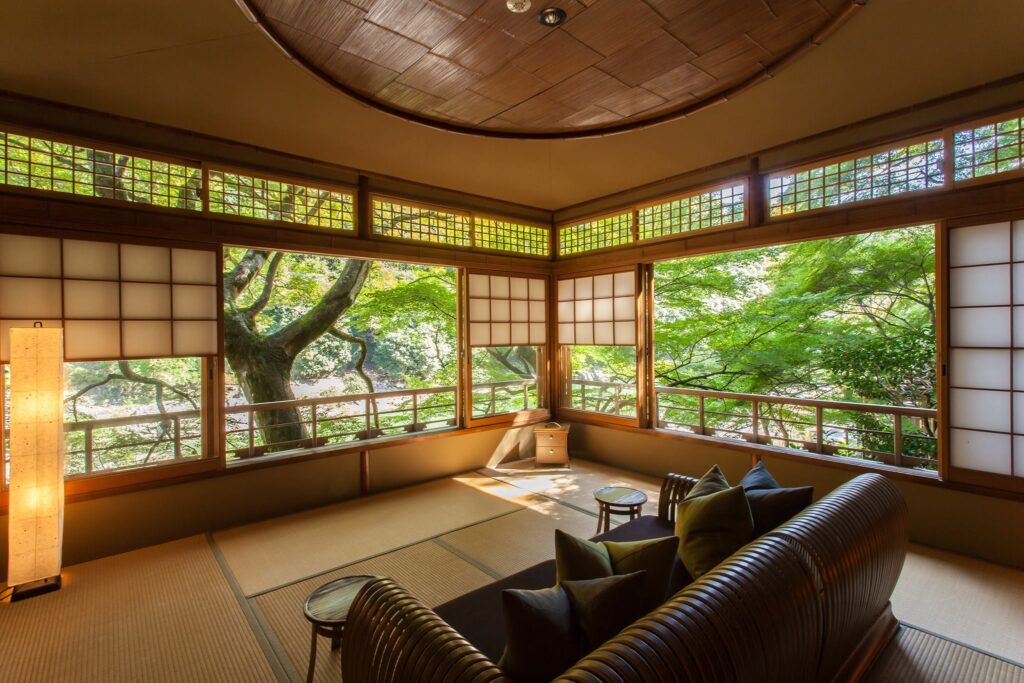
Today, one can find ryokans at every format throughout Japan, from large family-friendly resorts to family-owned spots with a bed-and-breakfast character. After World War II, the five-star ryokan model once again took shape, but in a modern context that bridged the legacies of the Edo-period with modern-day pampering. The most upscale among them feature painstakingly appointed hot spring bathhouse areas, full-service spas, cultural experiences and formal kaiseki multi-course dinners. And yes, no crowds. It puts a different spin on the “all-inclusive” package, with hands-on service, ceremony and presentation of food and beverage, as well as the opportunity to experience a taste of Japanese hospitality as it existed in the days before rail, auto and air travel.
Hoshinoya Kyoto, located in Arashiyama, 40 minutes by train from downtown, is as far as one can go from and still be in Kyoto. At this hidden luxury ryokan, the suites are well-appointed with the most breathtaking part of the stay is one’s roomy personal suite, featuring a wooden Japanese tub and expansive picture windows. Guests will also love the cozy pajamas and traditional daytime resort garments worn during a stay. Slide screens open out into an extraordinary backdrop for a Japanese breakfast prepared in-room, headlined by a perfectly prepared piece of salmon.
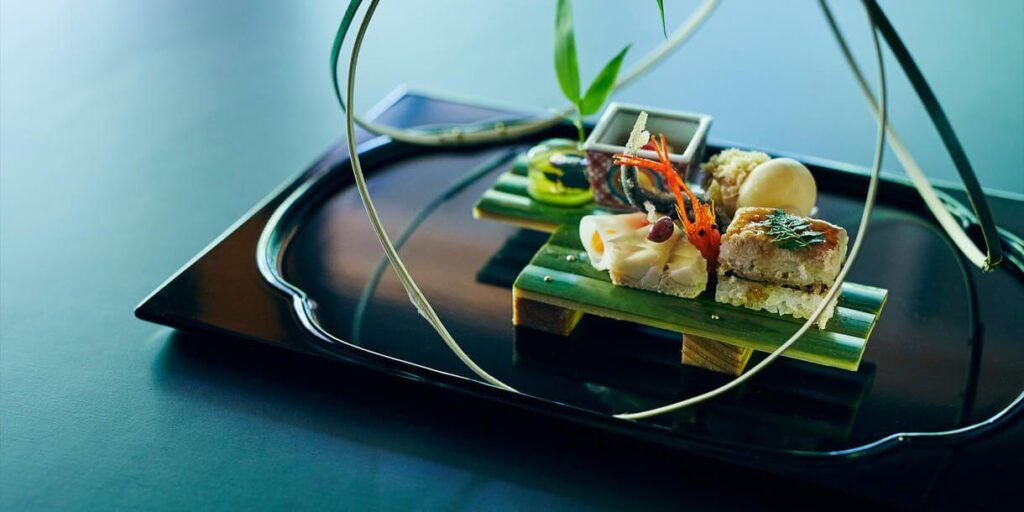
The property offers a roster of decidedly low-tech calming activities such as morning stretching, breathing exercises, tea drinking ceremonies, incense burning ceremonies favored by the samurai, and Japanese whisky tastings. Lovingly manicured paths wind from the reception area to a main dining room where a beautiful kaiseki (multicourse) dinner is prepared as well as a common room for socializing and cultural discussions, poetry readings, live music and a whiskey tasting at cocktail hour. Come at the right time, and you may be able to take advantage of a command performance and conversation with a maiko (young geisha protégé) and her geiko (older mentor), which is for some a very pleasant and more authentic alternative to the busy Gion district drawing the curious to seek out geishas and geisha culture.

“It’s a more immersive, personal way to experience Japanese culture, history and nature, and the quiet space is a departure from the kind of travel involving a rush from place to place,” says Toshiyuki Sakai, the general manager of the Kyoto property during my visit. “You should focus on being in the moment, which cannot happen in a 21st century city center. You should also use all of your senses—not just your eyes—to grasp Japanese culture.”
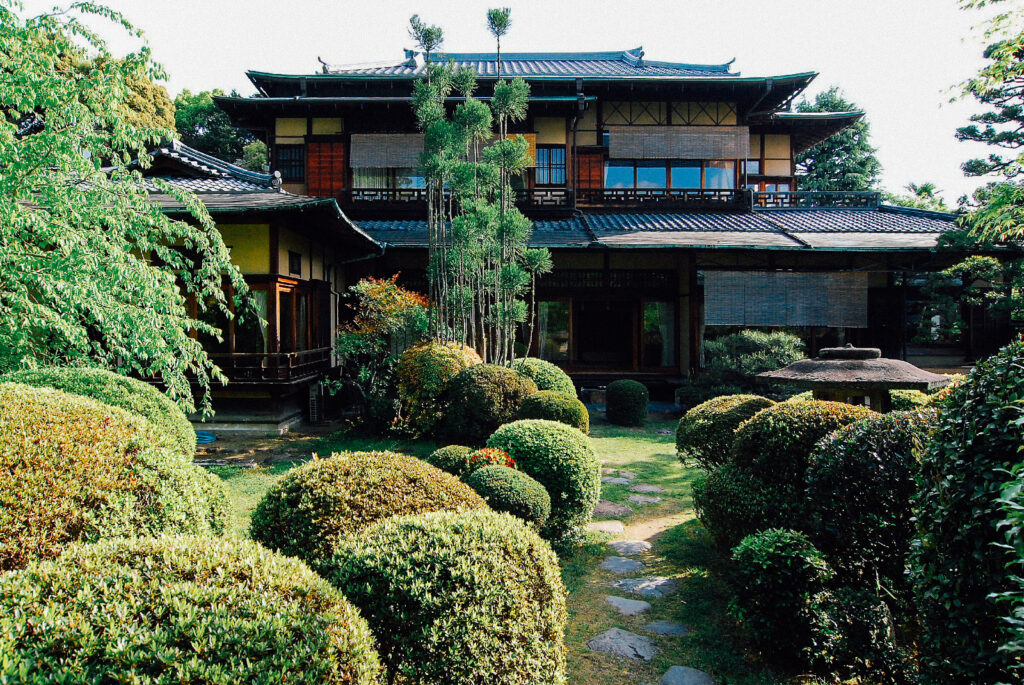
Anybody interested in delving deeper into history and the old ways of day-to-day life will want to seek out an independently owned ryokan like Yoshida Sanso. It is located atop a hill in a residential section of Kyoto near the Ginkaku-ji (Silver) Temple. Kyoko and Tomoko Nakamura, its second and third-generation proprietors, put their heart and soul what the guests will experience. The former private home retains its original 1930s character, down to homespun kaiseki dinners and breakfasts featuring generations of old family recipes.

“This home became a ryokan in 1948 when its owner, the uncle of Emperor Akihito, became a monk after World War II,” said Tomoko. “Although my father’s granduncle, a successful Tokyo women’s magazine publisher, purchased the house as a sort of dormitory for his traveling colleagues. He wanted a home-like setting for his colleagues doing business in Kyoto and Osako. He insisted it has the comforts of their own homes, and then some. They did everything from providing home-cooked but elegant meals, to drawing the baths—replicating a homestay. However, it was my grand-aunt who ran the daily operations, and it was unusual for a woman to have this career back then.”

“(Our aunt) did everything from providing guests elegant home-cooked to drawing the baths and creating beautiful spaces for them to relax,” added Kyoko. “(As she would have advised), don’t just appreciate the setting with your eyes. Use all your senses to get a fully rounded perception of Japanese culture. Tea ceremonies, calligraphy, flower arrangements, kimonos and so on food, gardens, architectural details—these are things a Western-style hotel cannot give you. We’re about pulling the guest into our world and great care to craft the entire experience by hand, so don’t just regard the house as a place to spend the night.”
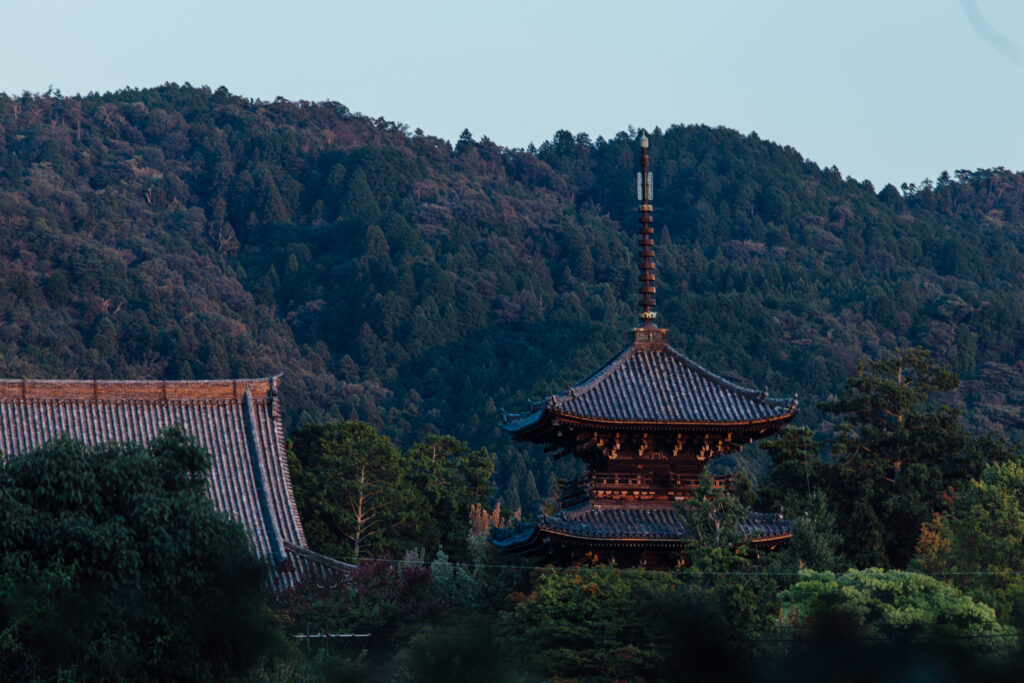
Weekdays and shoulder-season travel periods are optimal times to visit Kyoto’s downtown attractions, wander its quaint streets or arrange a tour of Nishiki Market through Arigato Japan.
Kyoto has intrigued and drawn thousands of visitors internationally with its fascinating imperial history, gorgeous landmarks and enchanting, walkable shopping streets. However, to experience its more intimate, luxurious side, find the roads less traveled as merchants and royals did generations ago.
